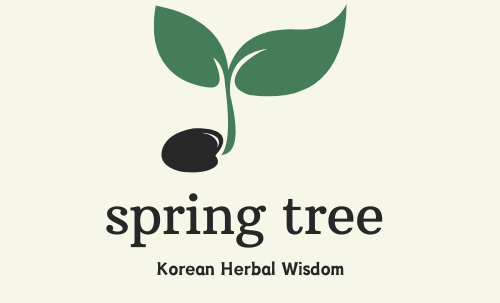Lotus leaves are known for their antibacterial properties and ability to stabilize blood pressure. Learn about their health benefits, cooking methods, and storage tips, including the famous lotus leaf rice recipe.
Discover the Versatility of Lotus Leaves
Hi there! 🌿
Let’s talk about one of nature’s most unique and versatile gifts: lotus leaves. While lotus flowers may steal the spotlight, their leaves have been cherished for centuries for their health benefits and culinary uses. From traditional temple dishes like lotus leaf rice to their calming effects on the mind, there’s a lot to love about lotus leaves. Ready to learn more? Let’s dive in! 😊
1. What Are Lotus Leaves?
Lotus leaves (Nelumbo nucifera Gaertn.) grow gracefully above ponds, forming large, shield-like shapes. These perennial plants can grow up to 1 meter tall, with leaves spreading up to 40 cm in diameter. Their veins radiate outward, creating a stunning natural design.
Lotus leaves are most commonly harvested from summer to fall, when they are fully grown and at their peak. While they’re widely available across Korea, harvesting responsibly is key to preserving this beautiful plant for future generations.
2. The Health Benefits of Lotus Leaves
Lotus leaves aren’t just visually appealing—they’re also packed with health benefits that make them a valuable addition to your diet. Here’s why:
Antibacterial Properties: Lotus leaves help preserve food by preventing spoilage, making them ideal for wrapping and cooking.
Blood Pressure Regulation: Known for their ability to stabilize blood pressure, they’re especially beneficial for those with hypertension.
Relaxation and Calm: Dishes like lotus leaf rice are often associated with peace and mindfulness, making them perfect for de-stressing.
Organ Health: Lotus leaves support the digestive system and overall organ health, promoting balance and wellness.
3. Cooking with Lotus Leaves
One of the most popular ways to enjoy lotus leaves is by making lotus leaf rice, a comforting and aromatic dish. Here’s how to prepare it:
Lotus Leaf Rice Recipe
Wash the lotus leaves thoroughly and blanch them in boiling water for 1–2 minutes to soften.
Prepare rice mixed with ingredients like chestnuts, dates, beans, and pine nuts.
Wrap the rice in a lotus leaf, folding it tightly like a parcel.
Steam the wrapped rice for 20–30 minutes until the flavors are infused.
Serve and enjoy the delicate aroma and taste of lotus leaves!
Beyond rice, lotus leaves can be used to wrap fish or chicken for steaming, adding both flavor and antibacterial benefits to the dish.
4. Harvesting Tips
Lotus leaves are best harvested during summer to fall, when they are fully grown. Using mature leaves ensures that you get the full range of their health benefits and culinary potential.
Harvesting Tips:
Only take what you need, leaving enough behind to allow the plant to thrive.
Choose leaves that are undamaged and free of tears for optimal use in cooking.
5. Storing Lotus Leaves
Fresh lotus leaves can be stored for short or long-term use with these methods:
Refrigeration: Wash and dry the leaves, then wrap them in plastic wrap or place them in an airtight container. They’ll stay fresh in the fridge for up to a week.
Freezing: Blanch the leaves briefly, let them cool, and freeze them in portions. This method helps retain their texture and flavor for months.
6. Lotus Leaves: A Natural Treasure for Your Kitchen
Lotus leaves bring more than just beauty to the table—they offer health benefits, versatility, and a sense of peace to every dish. Whether you’re making a traditional temple-style lotus leaf rice or experimenting with new recipes, these leaves are a delightful way to connect with nature and nourish your body.
Have you tried cooking with lotus leaves? Share your tips or questions in the comments—I’d love to hear your ideas! 😊
